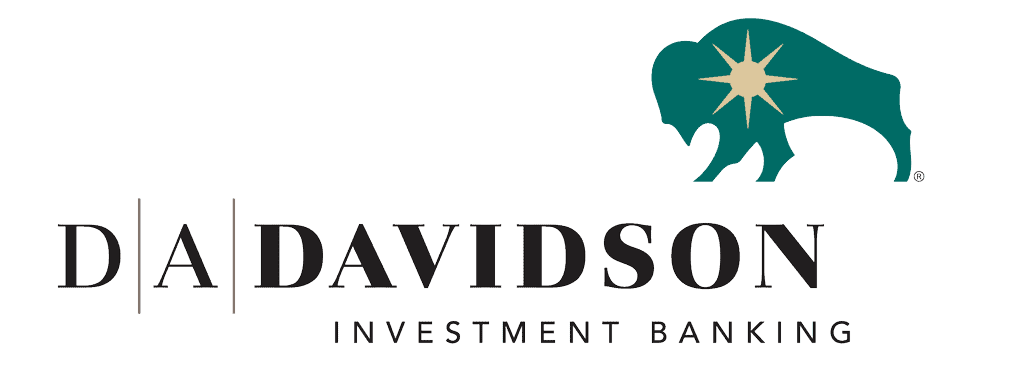
Revisiting the Post-Pandemic Strategic Plan
Brought to you by D.A. Davidson

The coronavirus pandemic has tossed any strategic plans for 2020 – which bank management teams created in late 2019 – out the window.
The banking industry has been directly affected by unprecedented challenges stemming from the Covid-19 crisis, and have quickly addressed emerging issues and adapted their procedures and operations. Revisiting the strategic plan will require executives to holistically reassess risks, challenges, potential opportunities and future goals. While banks will need to re-examine their strategic plans for operational initiatives, it is prudent to also reassess their plans for capital adequacy and approach to M&A.
Capital Planning for Defense and Offense
When reassessing the strategic plan and the impact of Covid-19, banks should consider if current capital ratios provide enough flexibility to both play defense by protecting the balance sheet in a prolonged adverse scenario, and play offense with enough capital to execute on growth opportunities. We believe it is prudent to evaluate multiple scenarios and raise capital when you can – not when you need to.
The capital markets are open today, and many banks have proactively raised subordinated debt in the second quarter. Sub-debt is an attractive form of capital due to its regulatory treatment, no dilution to ownership and relatively low cost in the current rate environment. From a regulatory perspective, sub-debt can qualify as Tier 2 capital at the holding company; proceeds can be down streamed to the bank subsidiary, which qualifies as Tier 1 capital at the bank level, strengthening regulatory capital ratios. The interest expense is tax-deductible, which reduces the effective cost.
The market appetite for sub-debt has been robust: since the beginning of April, commercial banks have raised over $3.5 billion at an average interest rate of approximately 5.50%. Historically, institutional investors were the most active buyers of sub-debt, but the buyer mix has shifted to rely on community and regional banks, insurance companies and asset managers – all looking for attractive yields.
Mergers and Acquisitions
M&A activity has come to a screeching halt as banks prioritized an internal focus to assess risk. Only nine whole-bank M&A transactions were announced in the second quarter, compared to 67 transactions during the same timeframe in 2019. It seems reasonable to expect valuation multiples will trend lower and deal activity will be subdued until acquirers’ currencies rebound and parties have more visibility and confidence with credit quality and earnings.
On a more positive note, we expect banks to warm to the idea of mergers as strategic partnerships to strengthen the combined company with operational scale and synergies. Of course, these transactions can be challenging to complete and dependent upon similar cultures and management compatibility; however, suppressed M&A valuations provide a window of opportunity since the usual bank buyers aren’t paying rich premiums in the current environment. Economic consideration in a strategic partnership is typically majority stock, not cash, so both parties are reinvesting and have potential to increase the combined company’s value for a more-advantageous positioning when the market recovers.
If you were planning on being a buyer in the next 12 to 18 months, it is important to evaluate how your M&A strategy and priorities may have changed. Buyers with a strong public currency or excess capital will maintain their competitive advantage, but need to be highly selective and strategic for their next deal. Among other things, acquirers will need to bolster the due diligence process to address new challenges and risks.
If you were planning on being a seller in the next 12 to 18 months, focus on identifying your potential buyers, how your valuation may have changed and how you can position the bank to improve the valuation. It is prudent to engage with external advisors in this process, including an investment banker and legal counsel to evaluate these scenarios in detail, even if there is no urgency for a transaction.
These are unprecedented times, and every day seems to bring a new challenge. While it is impossible to predict what will transpire in the next six to 12 months, it is important to update the strategic plan to position your bank to protect shareholder value and take advantage of opportunities.
Information contained herein has been obtained by sources we consider reliable, but is not guaranteed and we are not soliciting any action based upon it. Any opinions expressed are based on our interpretation of data available to us at the time of the original publication of the report. These opinions are subject to change at any time without notice.




